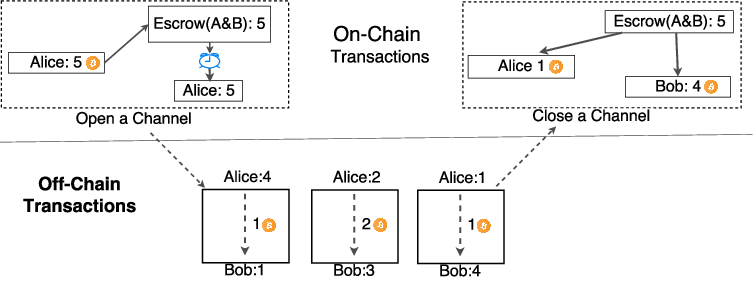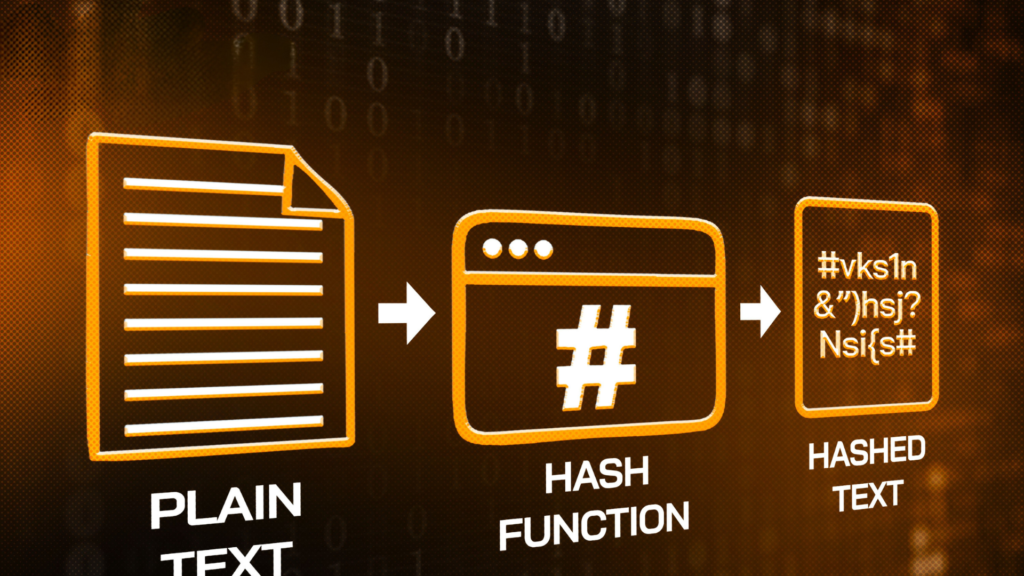When it comes to blockchain and cryptocurrency, the concepts of “onchain” and “offchain” are often mentioned. Let’s learn about onchain in this article.

What is Onchain?
Onchain refers to transactions and activities that are executed and recorded directly on the blockchain. In the crypto market, onchain plays a vital role in maintaining transparency, security, and decentralization for transactions, data, and smart contracts.

Onchain not only stores financial transactions but also various other data types depending on the blockchain’s functionality. Common data types include:
- Transaction Data: These are the transfer activities of funds between wallets within the network.
- Smart Contracts: Self-executing code that automatically enforces predefined conditions, such as financial agreements in DeFi.
- NFTs (Non-Fungible Tokens): Unique digital assets stored and traded onchain.
Why is Onchain Important in Crypto?
Onchain is the foundation of transparency and security within the crypto ecosystem. Onchain transactions can be publicly verified, allowing anyone to track and audit all activities on the blockchain. Notably, once transactions are recorded onchain, they become immutable and tamper-proof. This is a crucial advantage in the crypto market, fostering trust among participants.
Furthermore, onchain optimizes the decentralization of the blockchain. Instead of relying on intermediaries, onchain transactions empower users to directly execute and verify transactions with each other. This minimizes security risks and ensures that user assets are not controlled by third parties.
How On-chain Works
On-chain operation is a complex process requiring the coordination of multiple technological elements, where data is recorded on the blockchain to ensure transparency, security, and decentralization. Here are the key steps describing how onchain works:
Step 1: Transaction Initialization
When a user wants to perform a transaction (transfer funds, purchase digital assets, execute smart contracts, etc.), the transaction is initialized. In this process, the user creates a transaction request and signs it with their private key to prove ownership and transaction validity. The use of a private key ensures that only the rightful owner can execute the transaction.
Step 2: Transaction Broadcasting
The signed transaction is then broadcast across the blockchain network. Each node in the network receives and verifies the transaction before relaying it to other nodes. This broadcasting process informs other nodes on the network about the new transaction, enabling them to confirm and record it on the blockchain.
Step 3: Transaction Verification
After being transmitted to the nodes in the network, the transaction is verified by miners or validators, depending on the consensus mechanism of the blockchain (Proof of Work, Proof of Stake, etc.).
Verification includes checking the digital signature and ensuring that the user has sufficient balance to carry out the transaction. If the transaction is valid, it is included in a new block.

Step 4: Block Creation and Addition to the Blockchain
Valid transactions are grouped together to form a block. This block includes information about all transactions executed within a specific timeframe. Miners or validators compete (or collaborate) to verify and add this new block to the blockchain.
Each block contains a hash that links it to the preceding block, creating a continuous and secure chain.
- In Proof of Work (PoW), miners need to solve complex mathematical problems to add blocks to the chain, a process that consumes significant energy and time.
- In Proof of Stake (PoS), validators confirm blocks based on the amount of assets they hold and their commitment to network security.
Learn more: Understanding Hash Functions in the Crypto Market.
Step 5: Recording Transactions on the Blockchain
Once a block is confirmed and added to the blockchain, the transactions are permanently recorded and become immutable. On-chain transactions are stored across the entire network, ensuring decentralization and transparency. Anyone can access and verify the transaction history on the blockchain.

Step 6: Transaction Confirmation
Each time a new block is added, the transactions within that block receive a confirmation. The more blocks added after the block containing the transaction, the more secure and irreversible that transaction becomes. For major blockchains like Bitcoin and Ethereum, a transaction is typically considered secure after 3-6 confirmations.
Thanks to the consensus mechanism and encryption algorithms, onchain operations ensure security and tamper-proof properties. Recorded transactions cannot be altered, protecting the integrity and transparency of the system.
Advantages and Disadvantages of On-chain
Advantages
Some advantages of onchain data transactions:
- Transparency and Trust: All transactions on the blockchain are public and auditable. Anyone can view and verify executed transactions, enhancing trust in the system and reducing the risk of fraud.
- High Security: Onchain data is encrypted and protected by consensus mechanisms (such as Proof of Work, Proof of Stake) along with cryptographic algorithms, making the data extremely difficult to forge or alter. Once a transaction is recorded on the blockchain, it cannot be deleted or modified, ensuring data integrity and permanence.
- Decentralization: Onchain does not rely on a central authority but operates on a distributed network. This avoids risks associated with centralized vulnerabilities, reduces the risk of attacks or interference from third parties, and enhances security.
Disadvantages
Besides the advantages, let’s consider some of their drawbacks:
- High Costs: Onchain transactions often incur gas fees, especially on blockchains like Ethereum. When the network is congested, these fees can increase significantly.
- Slow Transaction Speed: Due to the decentralized nature and verification requirements, onchain transactions are generally slower than offchain transactions. When the blockchain network is overloaded, transaction confirmation waiting times can be lengthy.
- Difficult to Access for New Users: Using onchain applications requires knowledge of wallets, private keys, and other complex technical processes. This can intimidate new users and hinder their access to this technology.
The advantages and disadvantages of onchain lead to some notable consequences for users in the crypto market. High transparency and security assure users of the integrity of data and transactions.
However, transaction costs and speed can be significant barriers, especially when gas fees are high or the network is congested. This may lead users to switch to offchain solutions or alternative blockchains with lower fees, such as Layer 2.
Learn more: What is Offchain? Applications of Off-chain in the Crypto Market.

